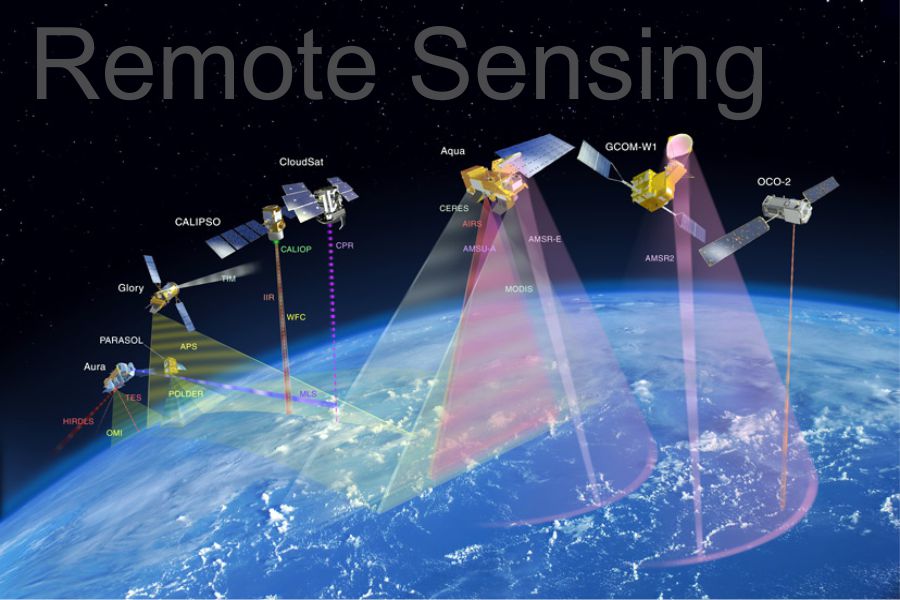This course address concepts of map-making, grammar of cartography and to provide a sufficient relevant knowledge of cartography for Geographic Information Systems (GIS) users for the production and use of effective visualization of geographic information. Earlier maps were restricted to hard copy maps but further development of the Internet has provided the possibilities for interaction and for querying the database behind the maps. Now maps are considered as an interface to database and as a medium of communication. While producing maps to communicate geospatial information, cartographic rules are available to make maps more effective. However as these rules are not part of the software, GIS allows users to produce their own maps even when they are unaware of cartographic grammar. Thus bottom line is no matter the medium of communication has changed from paper maps to digital maps, but relevance of cartographic grammar remains the same.
Above trends in cartography is strongly influenced by developments elsewhere, especially in scientific visualization, and has given the word visualisation an enhanced meaning. This course also address the recent developments in cartography and some research activities recommended by International Cartographic Association. Geovisualisation or geographic visualization, is such activity and an approach through which maps and graphics are used to gain insight from geographic information. An emerging field within geographic information science, it focuses on using interactive graphics to generate ideas and effective representations.

- Teacher: Dr. MILAP PUNIA

